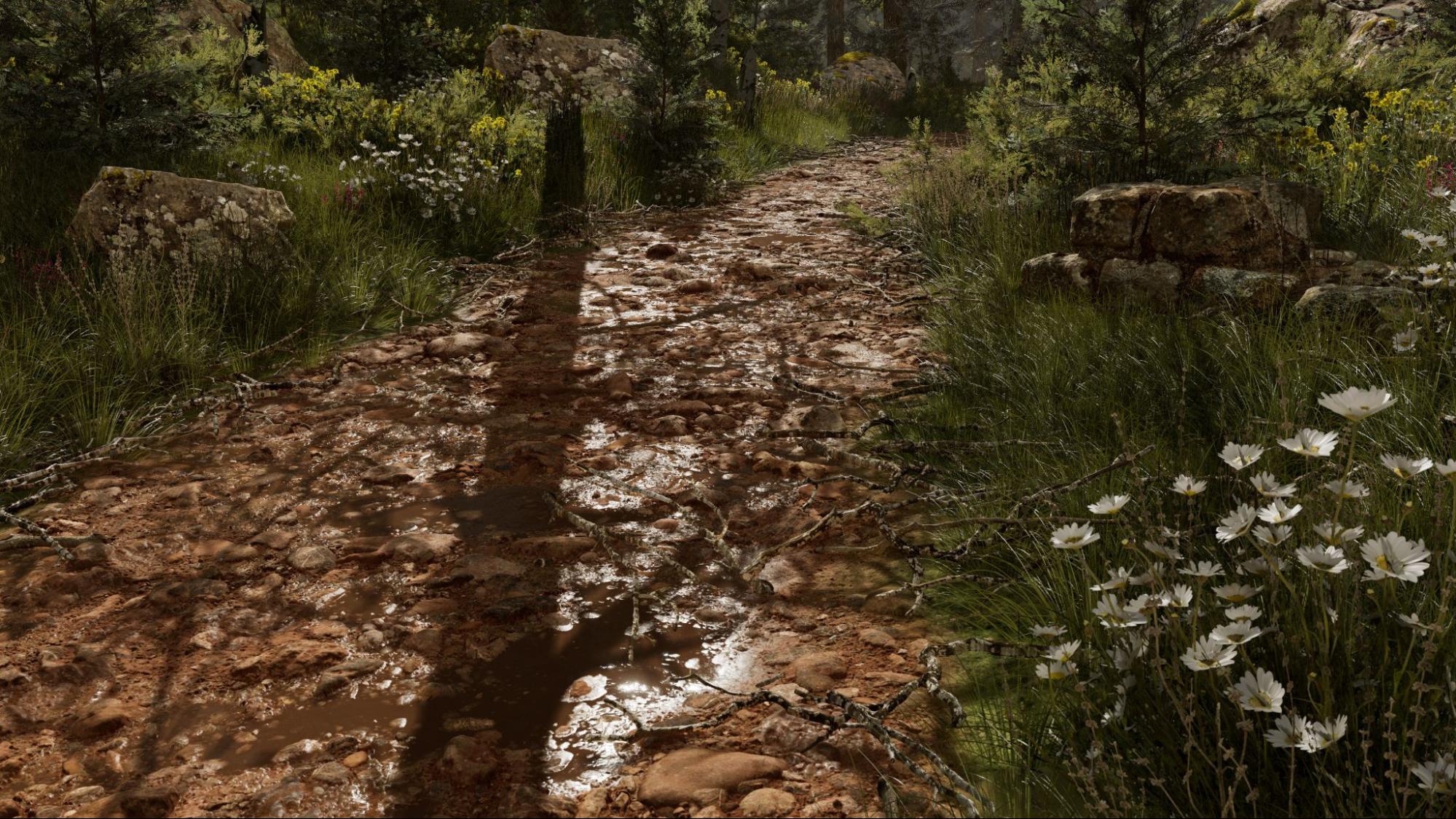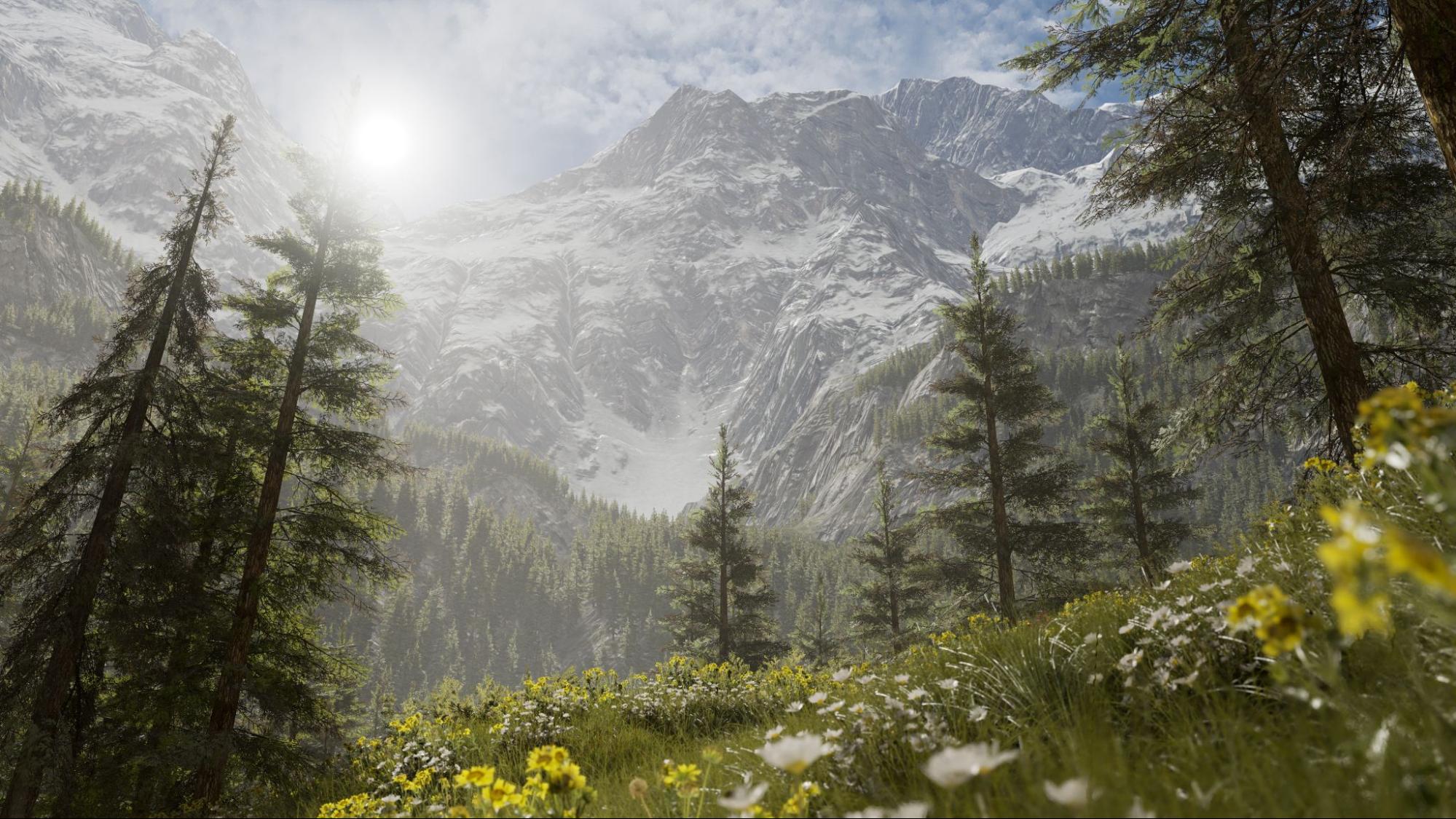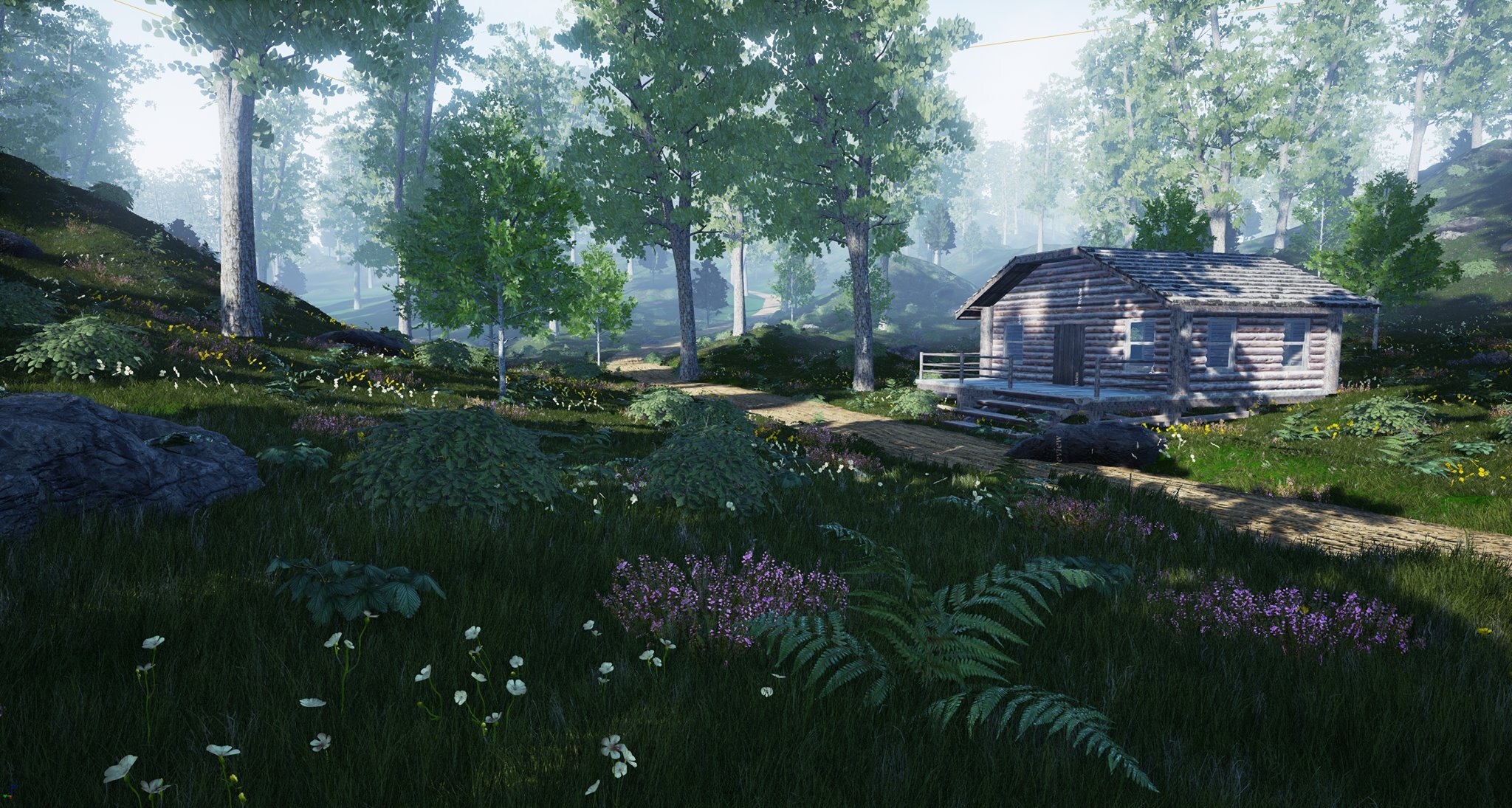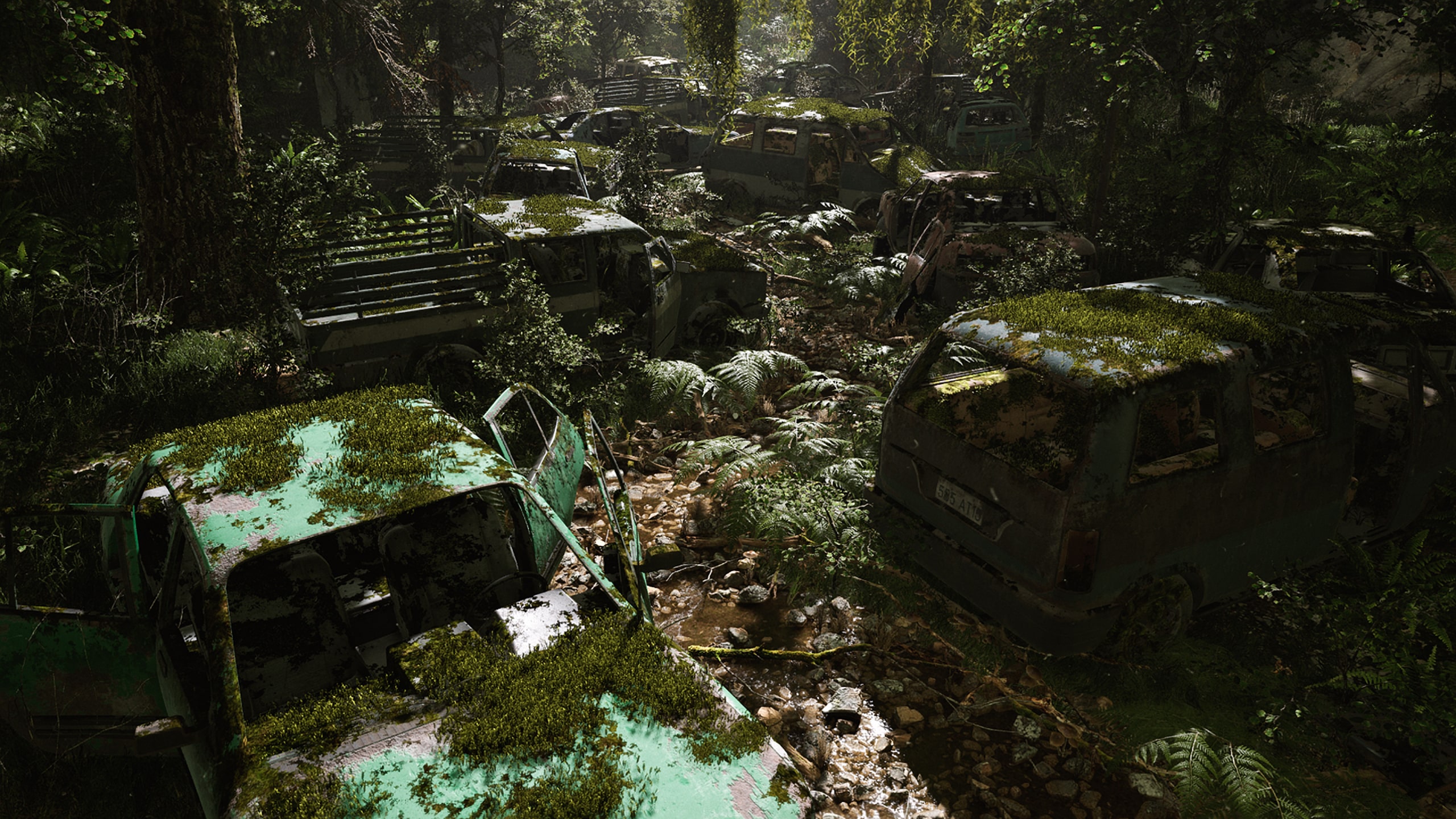Artist Spotlight: Michael Gerard Builds Realistic Environments in Unreal Engine
We are excited to return to our Artist Spotlight series with technical vegetation artist, Michael Gerard. An expert in environmental design and foliage, game development and complex level art, Michael like many artists, started 3D art from the comfort of his bedroom tinkering with the 3D tools and apps at his disposal. He quickly took the plunge into designing full-fledged 3D environments taking major inspiration from some of his personal favorite game titles.
We’ve been following Michael’s project for quite some time and it’s clear to see his work sets the bar for what is possible with Megascans and Unreal Engine.
We recently had the opportunity to speak with Michael himself to talk about his most popular projects, what his creative process looks like and if he could share his most beloved projects with the community
In his own words…
Q. Hi Michael. Great to have you here on the Quixel blog. Please introduce yourself to the community!

Hello! Michael here! I learned Unreal Engine by myself, after a lot of hours on YouTube. Every day is a good reason for learning and making highly detailed environments. I fell in love with Unreal Engine a few years ago, which has become my passion.
Q. Before diving into a brand new project, where do you take your inspiration from? How does your creative process start?
My inspiration comes more often from the games I play. The creative process always starts with taking references through photo modes. I take plants, ground textures, light and effects that I find interesting (fog, puddles, particles) but I also give importance to ambient sounds.


Q. At what point in a project do you feel the need for using pre-made 3D assets?
When I start, I never know if the scene will have a video or not, but just in case, I have everything I need. Once the references are strong enough, I go through the Megascans library to list what I need.
And more often, I find exactly the 3D asset I’m looking for. Atlases, surfaces, rock models and details (sticks, debris…) – pretty much everything is already available for me to work with.





Q. What does the initial scene creation process look like for you? Do you stick to a select list of tools?
I always start with the main terrain texture because it allows me to pre-set the lights. If I need to create a specific terrain or mountains to dress up the background, I will use different terrain software depending on the result I want. World Machine, World Creator or Gaea. I have a preference for Gaea because it allows the creation of incredible terrains quickly.
Then comes the vegetation like trees and various foliage to dress the scenes. Then the vegetation on the ground fills the space. At first, I put everything in a rough way to have a global view and readjust my models if needed.



Once everything is calibrated, I move on to create the scene itself, always having a central element. A path, a road, a river, or the model I want to showcase, and everything is created around this element. I finish with the light and the addition of the different particle effects.
I take my captures with the Movie Render Queue, in 4k, TSR enabled and console commands to densify the fog and force the vegetation to LOD0. Of course Lumen and Nanite are activated too.




Q. How long does an average project take from start to finish? Can you give us an example of a recent project and the time it took to complete?
The time will depend on the complexity of the scene and the elements that need to be put into it. It takes longer if it’s a scene inspired by a game because I like to spend time in it, understand the atmosphere, observe the details and get into the universe.
If we take the example of the Jungle River scene, it took me almost three weeks from the reference to the realization of the final video.
On the other hand, if we take my last scene (Japanese Night) it’s only one week because here I don’t need to respect a particular universe, everything comes from inspiration, from my imagination, so it goes faster.
Q. Do you have any favorite artists / YouTubers you could share with us?
The list won’t be complete and I’m not going to talk about the vegetation artists, because there would be a lot of them, starting with those who worked on top AAA titles of the last few years.
Below are some artists whose work I really appreciate:
William Faucher’s knowledge is often very useful to me and I like the way he explains things. – https://www.youtube.com/c/WilliamFaucher
B.O.W’s art is always impressive to me. no matter if it is outdoor or indoor, it excels every time. – https://www.artstation.com/bowcn
The last artist is someone to watch. I have had the chance to work with him at Ubisoft and his talent impresses me every day. It’s been a while since he posted anything, but I still invite you to follow him for his next works. – https://www.artstation.com/jonathanperche
Closing remarks
I’d like to finish by thanking Quixel for this spotlight, it’s always a pleasure to talk with you. And I would like to share my very first scene with vegetation made on Unreal. I wasn’t using Megascans at the time, but if it can reassure some beginners on their debut, it will be a good thing.
Talent is just a lot of passion and even more work.

And that’s a wrap! Thank you so much Michael for taking the time to talk to us! Be sure to take a look at Michael’s Artstation here.
See you in the next one!



